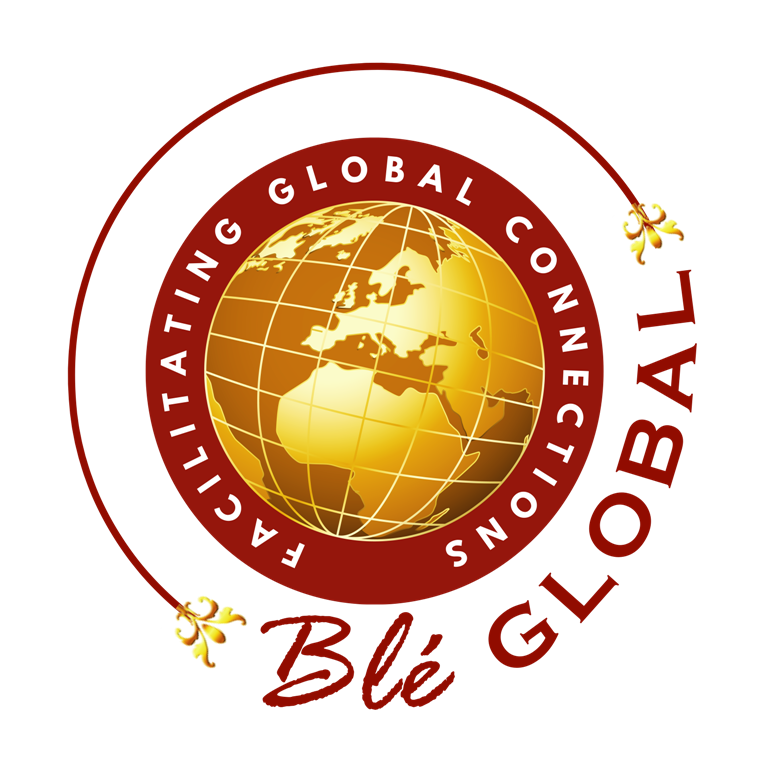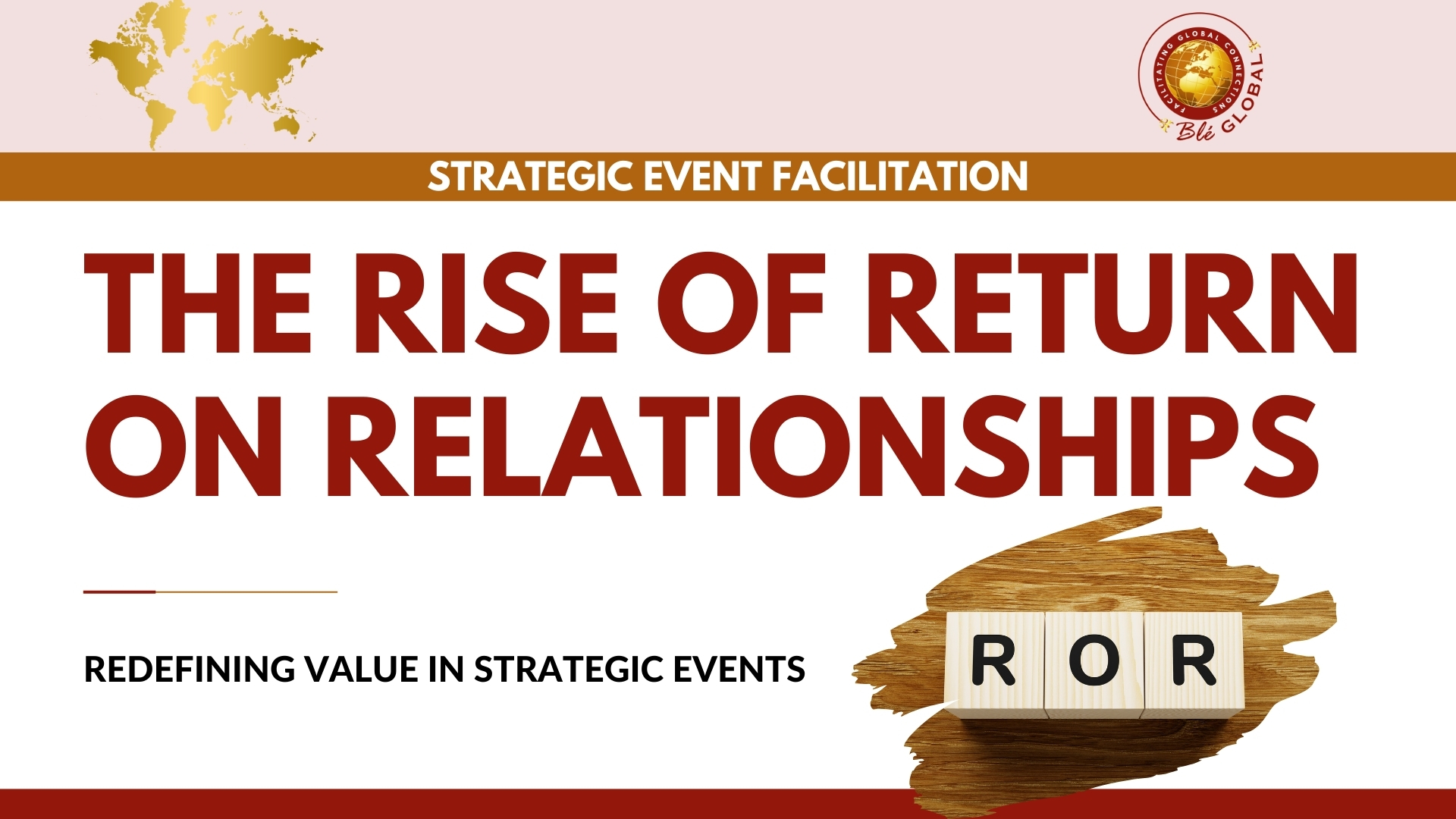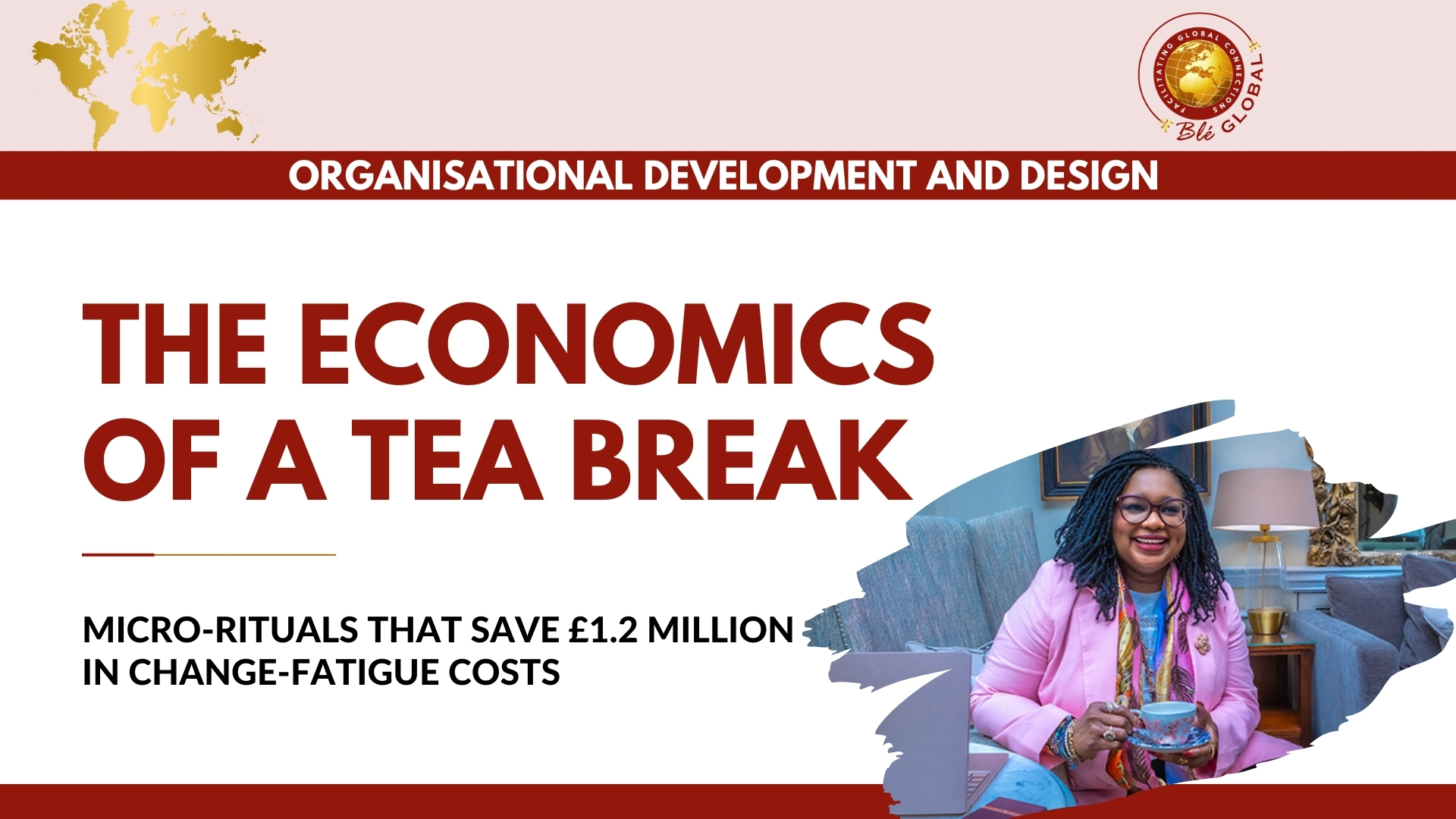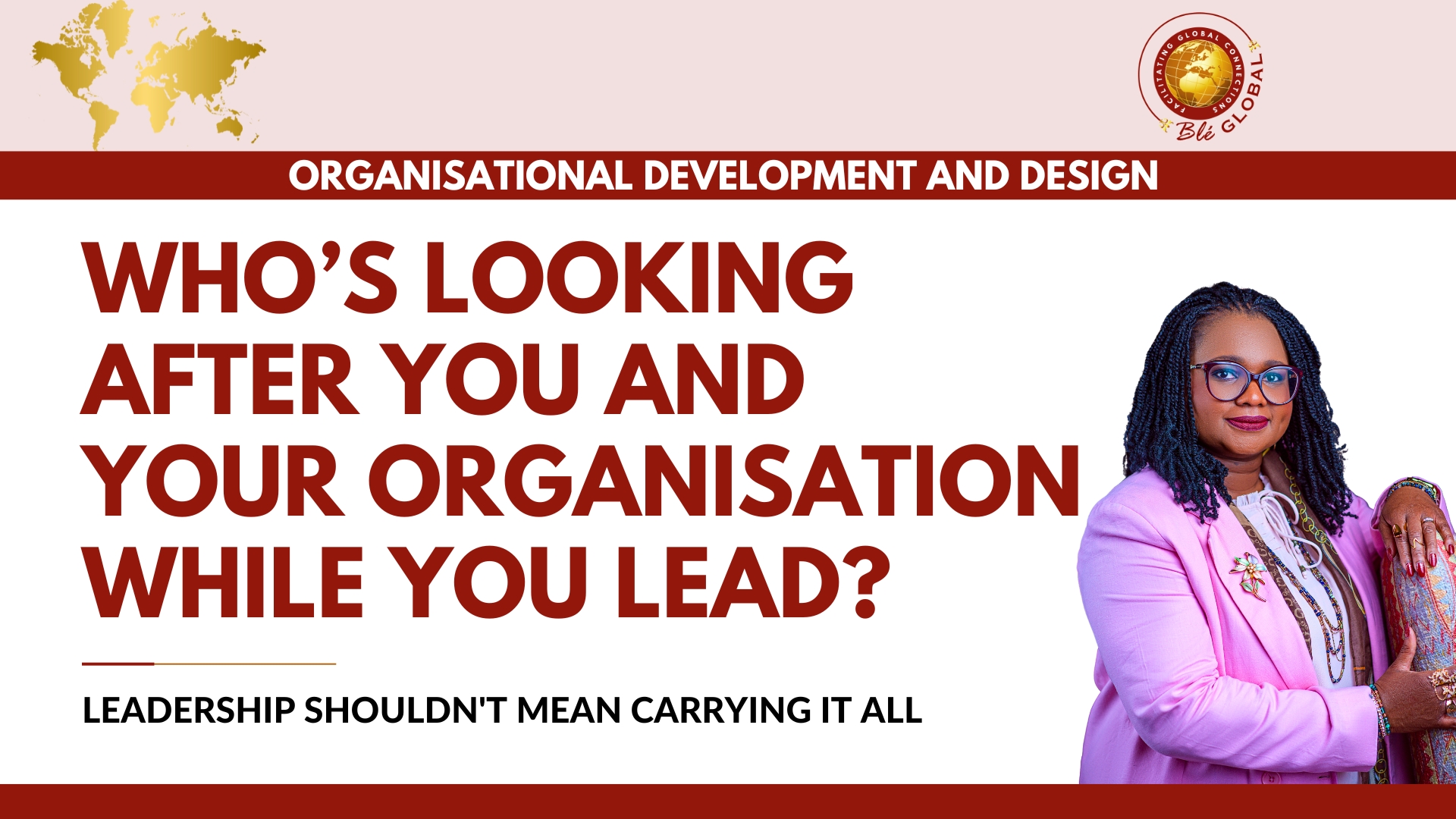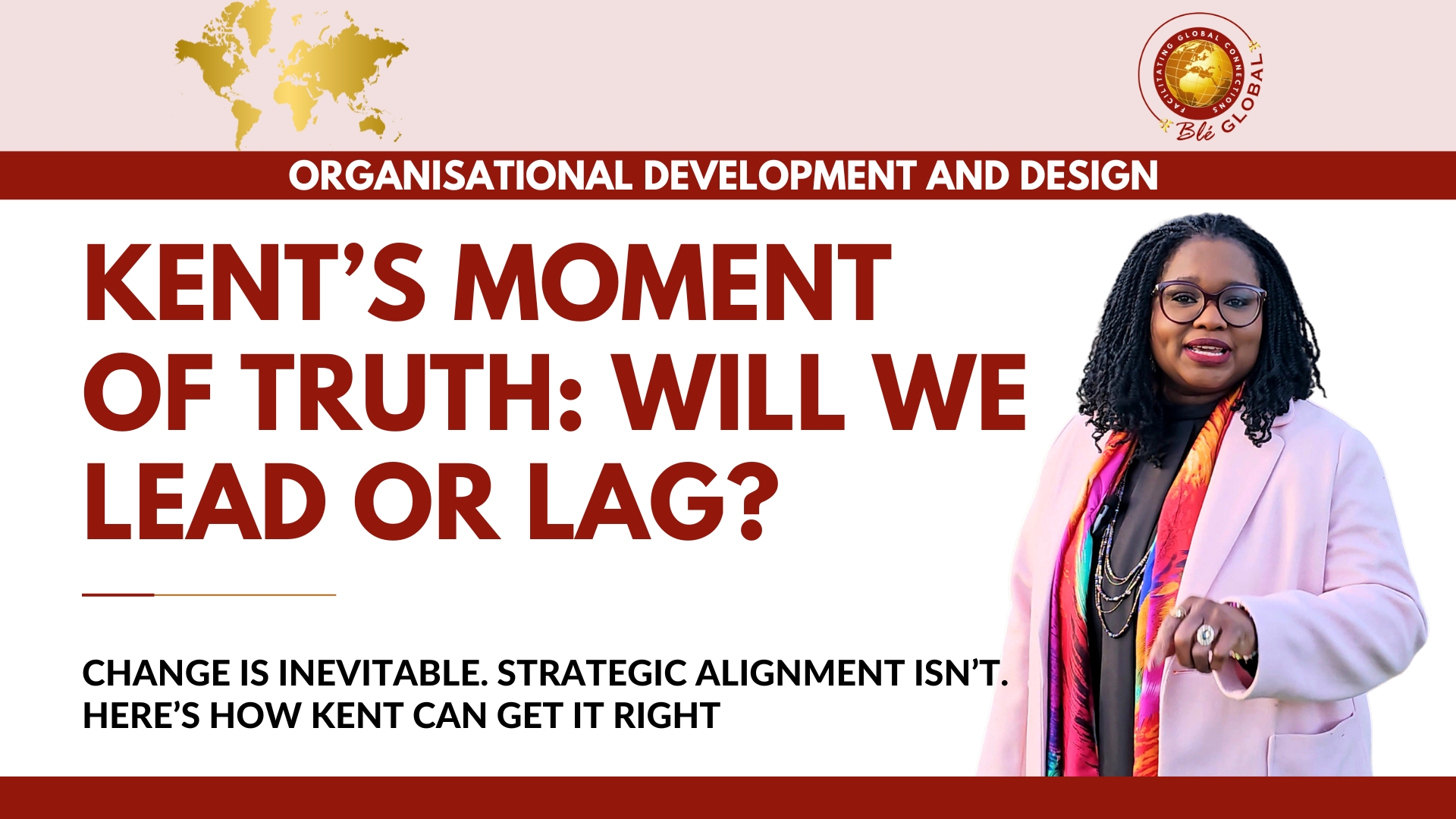Steam curls from the mug. The kettle clicks off. Someone exhales, stirring two sugars into…
When we think about what makes an event truly impactful, it’s rarely the venue or the visuals; it’s the people. It’s those conversations that spark possibility, the introductions that lead to partnerships, the moments of connection that linger long after the last session ends.
That’s where real value lives. And that’s why the shift from measuring only Return on Investment (ROI) to also prioritising Return on Relationships (ROR) is more than welcome; it’s essential.
Relationships are the lifeblood of sustainable growth. They move projects forward, shape decisions and open doors. Events, when designed intentionally, create the ideal environment for these relationships to begin and grow.
We see this reflected in the data.
79% of professionals say networking is essential to their success (LinkedIn)
Strong professional networks are directly linked to job satisfaction and career advancement (Harvard Business Review)
Strategic events have the power to turn introductions into influence, and shared time into shared purpose; but only when relationships are treated as the goal, not the by-product.
What It Means to Design for ROR
Designing for Return on Relationships means going beyond information-sharing or networking for its own sake; it’s about engineering meaningful, intentional interactions that lead to long-term value, for both individuals and organisations.
That looks like:
- Curated connection points where attendees meet with relevance and purpose, not by chance.
- Facilitated dialogue that goes deeper than panels and presentations. Conversations that invite reflection, shared insight and co-created outcomes.
- Post-event relationship support that ensures what begins in the room continues beyond it, through digital spaces, community platforms and touch points that sustain engagement.
When events are designed in this way, they become more than a moment in the calendar. They become the foundation for lasting networks, partnerships and possibilities.
ROR is the Strategic Facilitator’s Domain
Strategic event design is no longer about running a polished agenda. It’s about engineering ecosystems of engagement.
As a strategic facilitator, my role is to make those relationships possible. I don’t force them, I design for them. I create the conditions. I draw out the connections that might otherwise be missed, and structure time and space for people to genuinely engage.
Every conversation, every shared insight, every meaningful interaction is part of the strategy. ROR becomes the measure of how well the event created the space for those relationships to take root and how well they’re supported to grow.
The outcomes speak for themselves:
- Stronger stakeholder relationships
- Increased partnership opportunities
- Greater brand advocacy
- Higher client and talent retention
This is the real return, the kind that continues to deliver long after the final session ends.
Reframing Event Success
When we shift the focus to ROR, we begin to ask better questions.
Not just “How many attended?” or “What was the budget return?”
But “Who connected?” “What followed?” “What was made possible?”
That’s the shift; from transactions to transformation, from activity to alignment, from moment to momentum.
If you’re ready to design events that build lasting value and create meaningful relationships, let’s talk.
We’re not just planning programmes, we’re building ecosystems that drive strategic impact.
Author: Dr. Blessing Enakimio
Blé Global - Facilitating Global Connections
